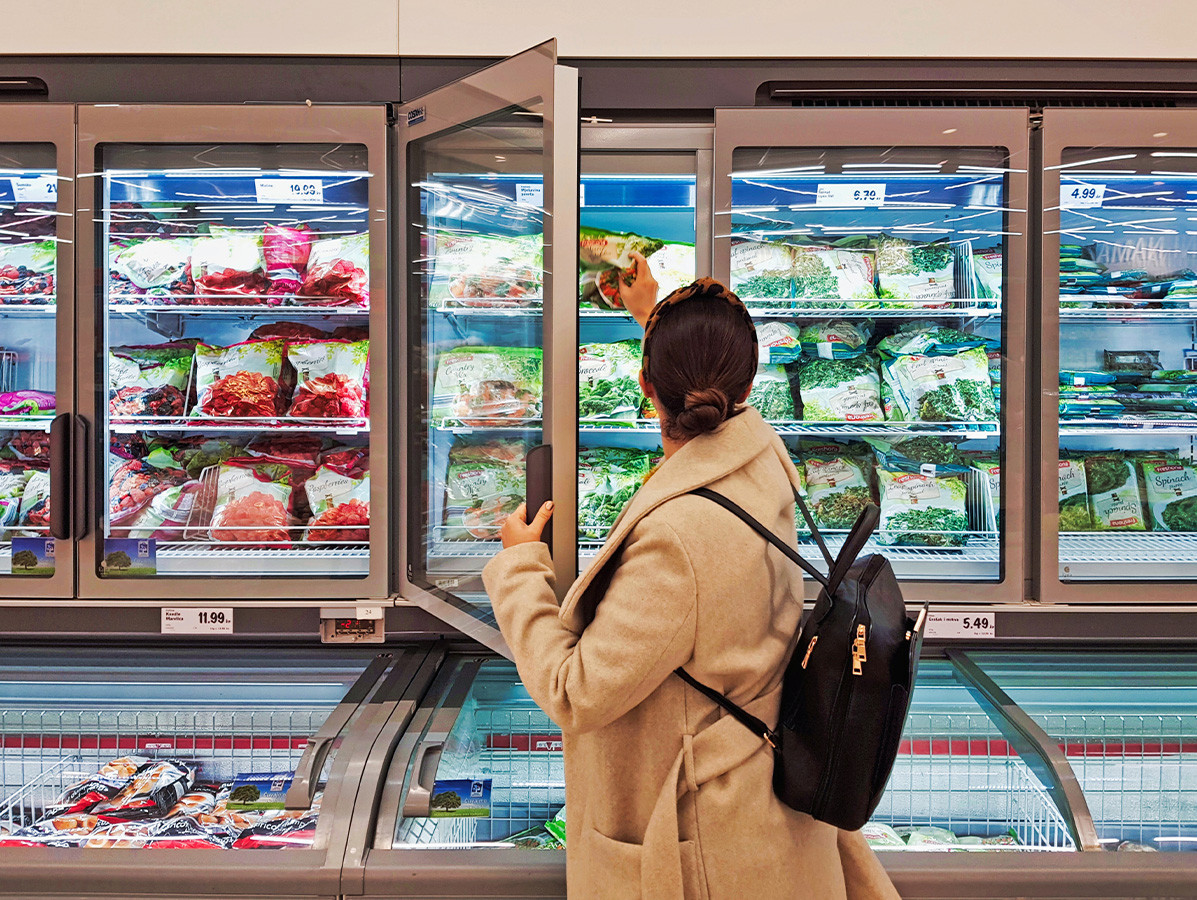
Researchers from Wageningen University & Research tested the effect of true pricing. The conclusion was interesting: the more customers feel that buying true price products leads to increased social status or contributes to a positive impact on the living environment, the greater their willingness to buy the product.
In the true price, the social costs are included in the purchase price of a product. These are costs that are incurred “behind the scenes” to reduce negative impact on the environment. True prices provide insight into the sustainable level of the different products, and comparing them may lead to companies and consumers to make different, possibly more sustainable choices. Four external factors were included in the true prices used in the experiment: land use, water use, climate impact, and underpayment.
In a field experiment with fruits and vegetables, the effect of three types of information on the shelves was measured: basic information (“This product has a true price”), information about the redistribution of the extra funds (“We will pass on 100% of the extra funds”), and information that appeals to social status (“You are one of the first people in the Netherlands to pay true price”).
At first glance, the experiment shows that the additional information had no impact on purchasing behaviour and it seems that customers more or less continued as before, but at the same time, the survey shows that customers did not really notice the information on the shelf labels, if at all. However, the survey does indicate that information about true price can have an impact. Customers are more willing to buy true price products if they trust them, if they think that by buying true price products they can distinguish themselves (social status), or if they think that their purchase has a positive impact on people’s living conditions and/or the environment. This effect is even stronger for customers who have relatively low confidence in true prices.
From the survey, the researchers could also conclude that two-thirds of the respondents were willing to pay more for a true price product. They also noticed that on a day-to-day basis, customers continued to buy the true price products and that the true prices were accepted.
It is also clear that the interventions in the follow-up research must be more visible than the shelf labels used in the experiment. The next intervention must be better at getting the attention of the customers or combine different types of interventions.
Source: Wageningen University & Research